Dog toys are far more than just distractions—they’re essential tools for exercise, stimulation, training, and behavior management. A well-chosen toy can help burn energy, soothe anxiety, build confidence, and even strengthen the bond between you and your dog. Whether you’re raising a high-energy puppy or supporting a senior dog’s mental health, this guide outlines a variety of toy types and explains how each serves a specific purpose. You can use it to choose the right toys for your dog’s age, activity level, and individual personality—while pairing any of your images naturally throughout.
Why Dog Toys Are More Than Just Fun
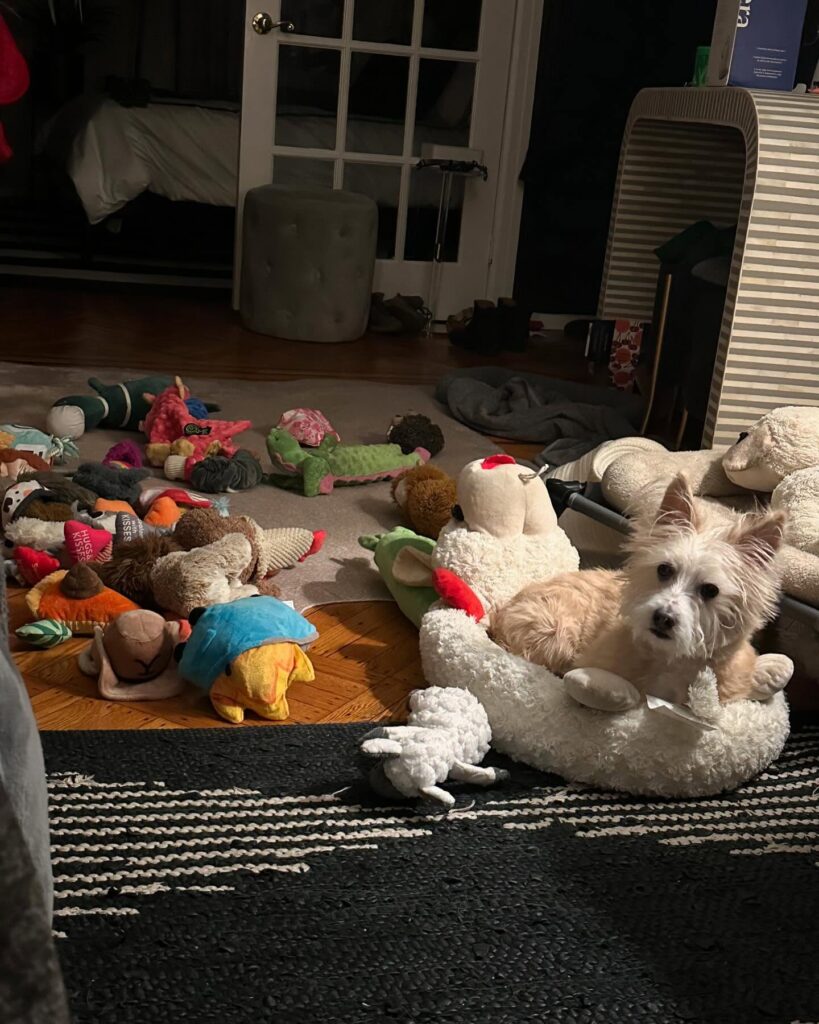
Toys provide much more than playtime. They can reduce boredom and destructive behavior, offer mental challenges to prevent cognitive decline, help with training and reward systems, provide comfort for anxious or lonely dogs, and assist with teething or dental hygiene. The best toy is one that matches your dog’s needs—not just something that looks good in a store or on a feed.
Chew Toys: Essential for All Ages
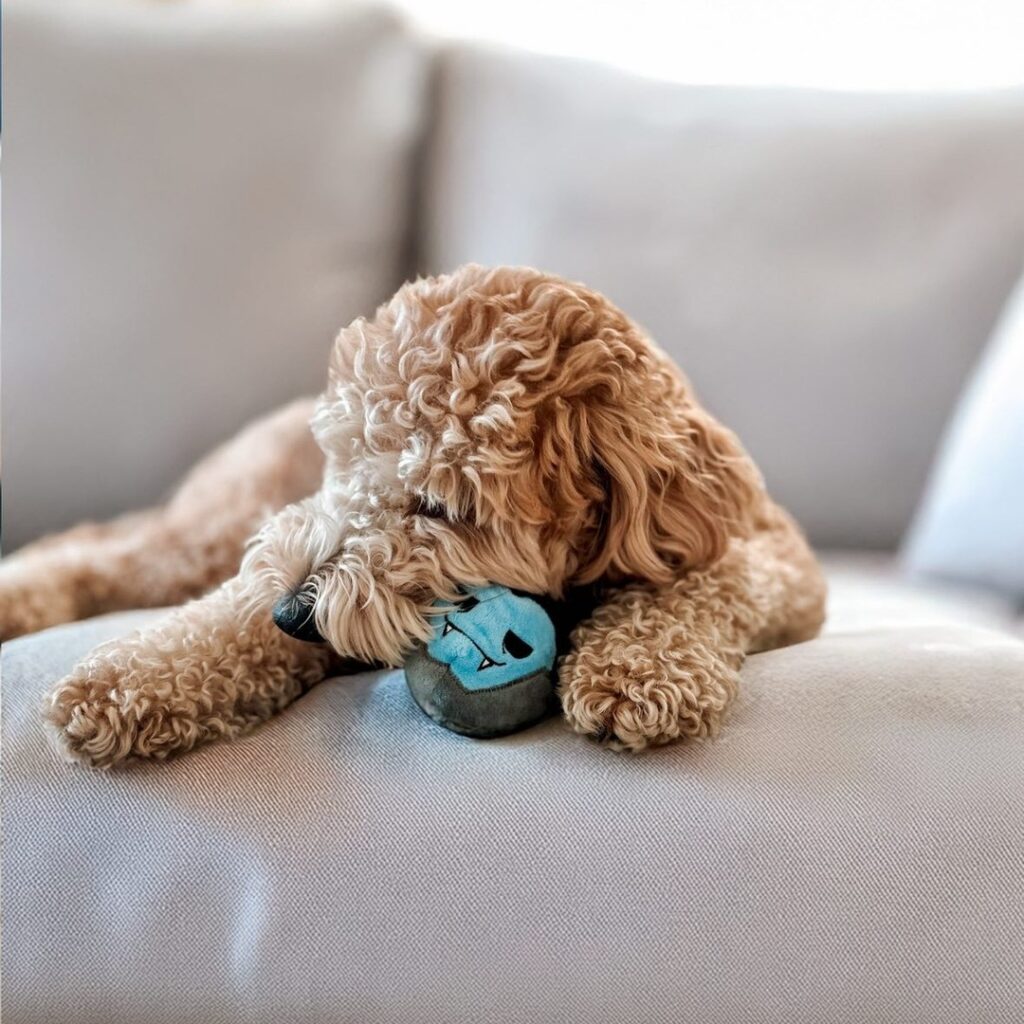
Dogs have a natural need to chew—it helps with stress relief, oral hygiene, and teething discomfort in puppies. Chew toys come in various textures and durability levels, from soft rubber for young pups to ultra-durable nylon or rope options for power chewers.
Common Choices
Rubber bones and rings
Rope knots
Natural rubber chew sticks
Textured dental chews
Consider
Soft, flexible toys for puppies
Durable and splinter-free options for adult dogs
Non-toxic materials only
Chew toys can also help deter destructive chewing on furniture, shoes, or household items.
Interactive Toys to Challenge the Mind
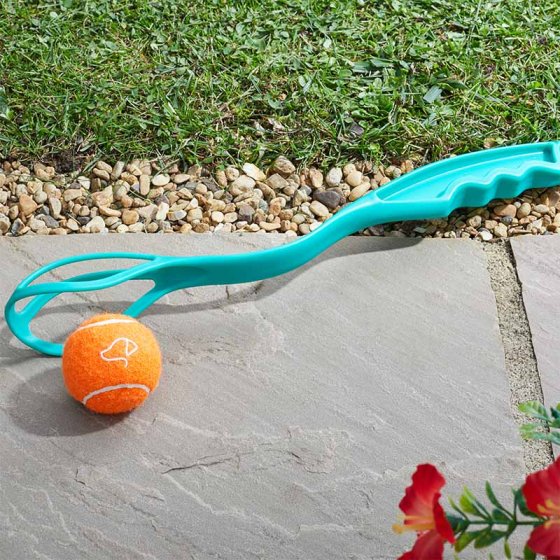
Interactive toys encourage a dog to solve a problem, follow a sequence, or manipulate the toy to release a reward—usually a treat or kibble. These are excellent for keeping dogs occupied during quiet times or when left alone.
Examples Include
Puzzle feeders
Treat-dispensing balls
Toys with hidden compartments or sliders
These toys are especially useful for high-intelligence breeds or dogs prone to boredom-induced behavior issues like barking or digging.
Fetch Toys for Physical Activity

Fetch isn’t just a game—it’s a great way to exercise your dog and reinforce training commands like “drop it” and “come.” Toys made for throwing, catching, or retrieving should be safe for your dog’s mouth and easy for you to handle.
Options
Tennis ball-style toys (dog-safe materials only)
Rubber frisbees
Floating fetch toys for water play
Rope launchers or slingshots for long-distance throwing
Rotate these toys to keep the game interesting and tailor fetch to your dog’s preferences—some prefer ground-chasing, others love leaping catches.
Tug Toys to Build Strength and Bonding
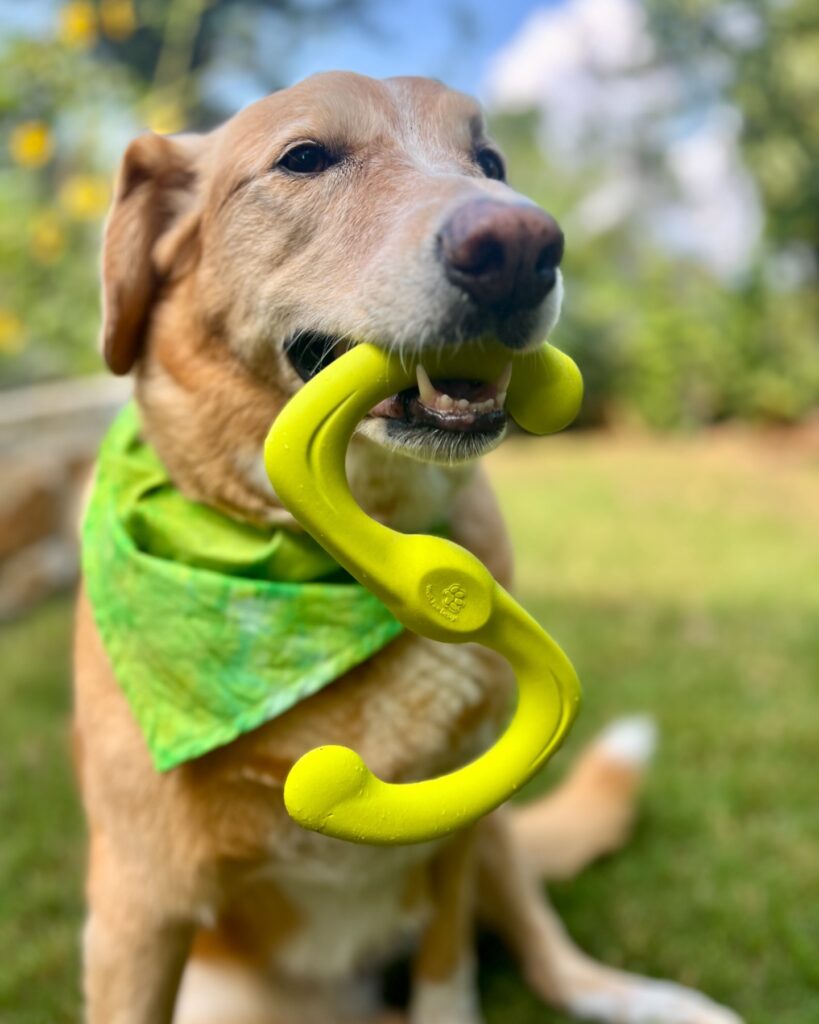
Tug toys are great for interactive play between dog and owner. They help build confidence in shy dogs and teach impulse control in excitable ones. When done correctly, tug-of-war is a healthy way to burn energy and reinforce trust.
Look For
Durable rope or rubber grips
Comfortable handles
Knotted or textured surfaces for better grip
Tug games should be supervised, especially with large or dominant breeds, to ensure they stay controlled and positive.
Squeaky and Crinkle Toys for Sensory Play
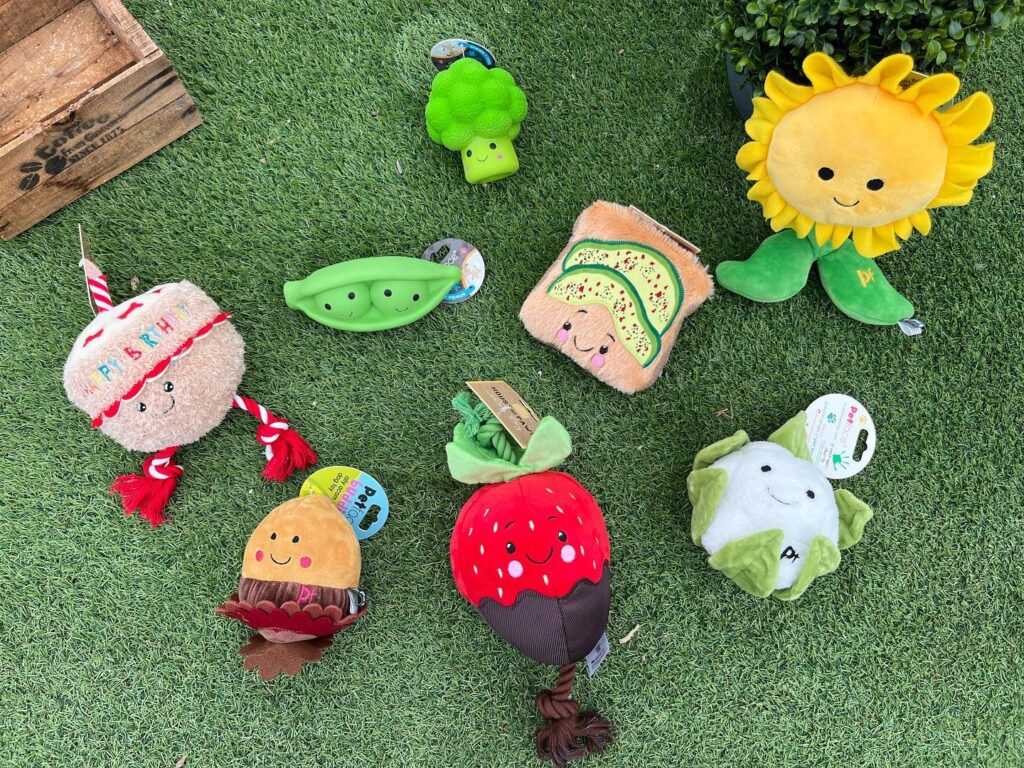
Many dogs are drawn to toys that make noise. Squeaky toys tap into prey drive, while crinkle materials offer tactile stimulation that mimics the sound of small animals or leaves.
Best For
Dogs that enjoy high-stimulation play
Encouraging interest in solo toys
Puppies discovering new textures and sounds
Keep in mind that squeakers can be a choking hazard if chewed open—only use under supervision and discard damaged toys promptly.
Plush Toys for Comfort and Play
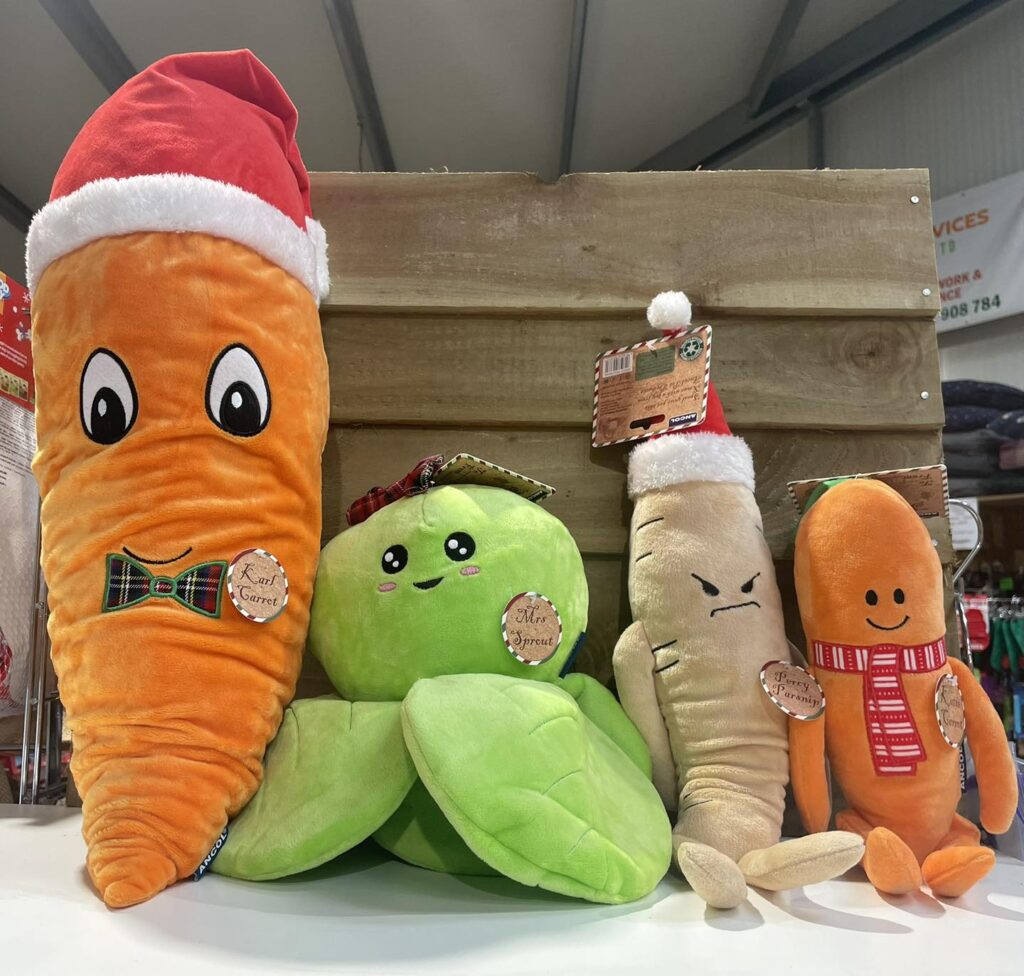
Soft plush toys may not survive aggressive chewers, but they can be comforting to dogs who like to cuddle or gently carry their “babies” around the house. Some plush toys also contain squeakers or crinkly material to engage interest.
Ideal For
Puppies and gentle adult dogs
Dogs with anxiety or separation issues
Indoor, quiet playtime
Choose machine-washable options and rotate plush toys to prevent bacteria buildup.
Treat-Dispensing Toys for Long Engagement

Treat-dispensing toys extend feeding time and make dogs work for food, turning meals into mentally stimulating challenges. They also promote slower eating, which is healthier for digestion.
Options
Hollow rubber toys that hold peanut butter or kibble
Treat balls that roll and release snacks
Stuffable toys you can freeze for extra challenge
These are great for crate training, solo play, or managing separation anxiety.
Teething Toys for Puppies
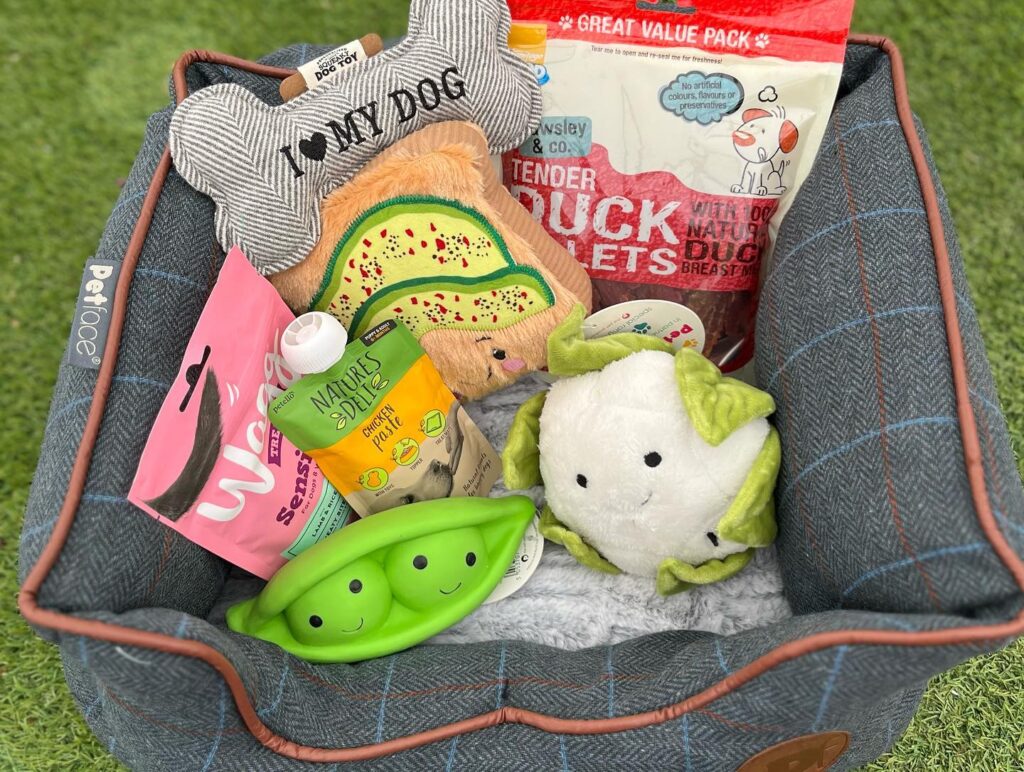
Puppy teething starts around 3 weeks and can continue until 6 months of age. During this time, they need safe toys that relieve gum pressure and help teeth come in correctly.
Features to Prioritize
Soft but durable rubber or silicone
Toys you can chill or freeze
Small enough to chew comfortably but not swallow
Teething toys also reduce the chance of pups chewing on inappropriate items like wires or shoes.
Floating Toys for Water Play
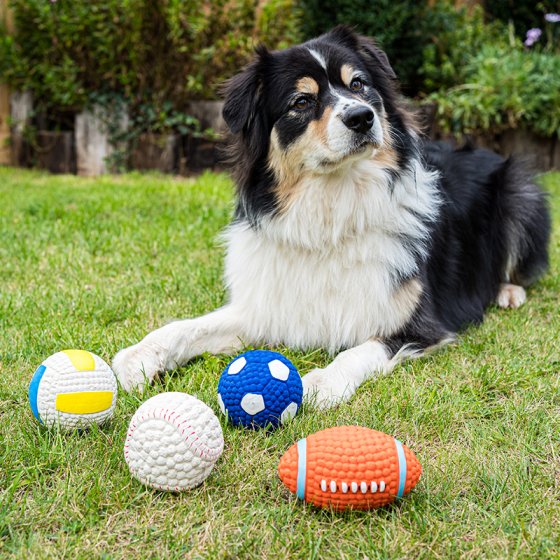
For water-loving breeds, floating toys allow safe, interactive play in pools, lakes, or beaches. They’re often made from lightweight, quick-drying materials.
Look For
Bright colors for easy spotting
Buoyant but chew-resistant materials
Textured surfaces for easy gripping when wet
Always supervise water play, and rinse toys after use in saltwater or chlorinated environments.
Rotating Toys Keeps Engagement High
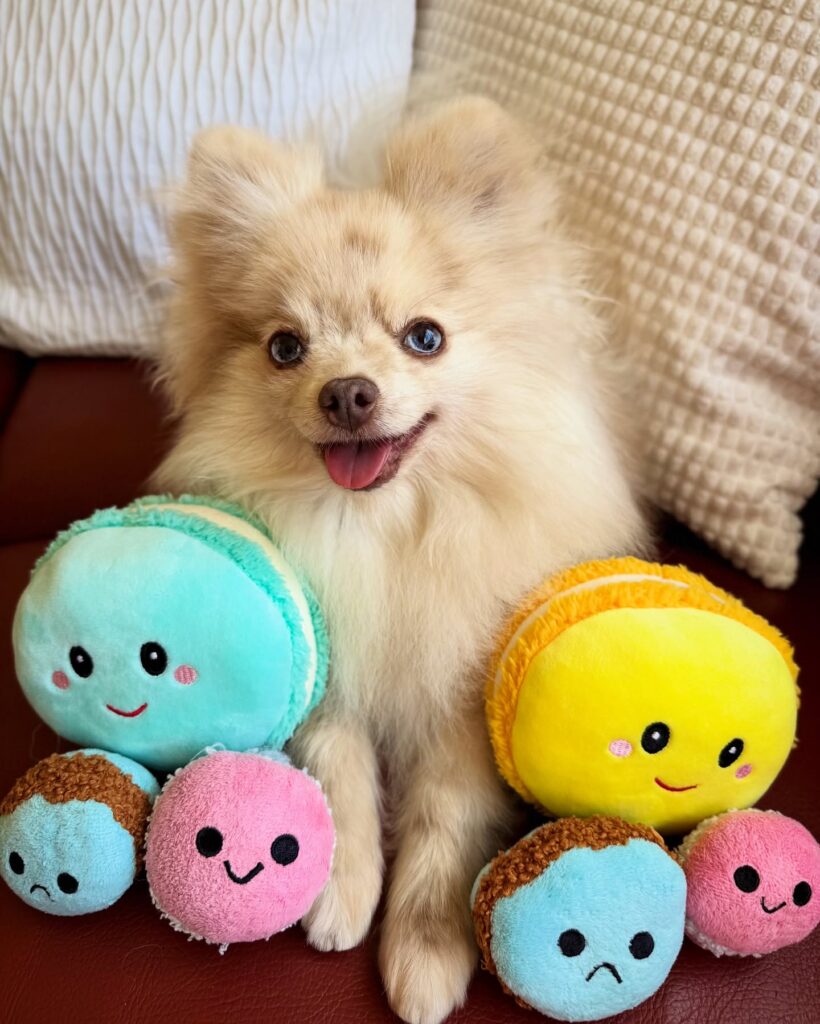
No matter how good a toy is, dogs can get bored if it’s always available. Toy rotation is an easy trick to maintain novelty.
Tips
Store toys out of reach and introduce in small batches
Switch toys weekly
Reintroduce older toys after a few weeks to renew interest
This not only reduces clutter but keeps your dog mentally refreshed.
Matching Toys to Your Dog’s Personality
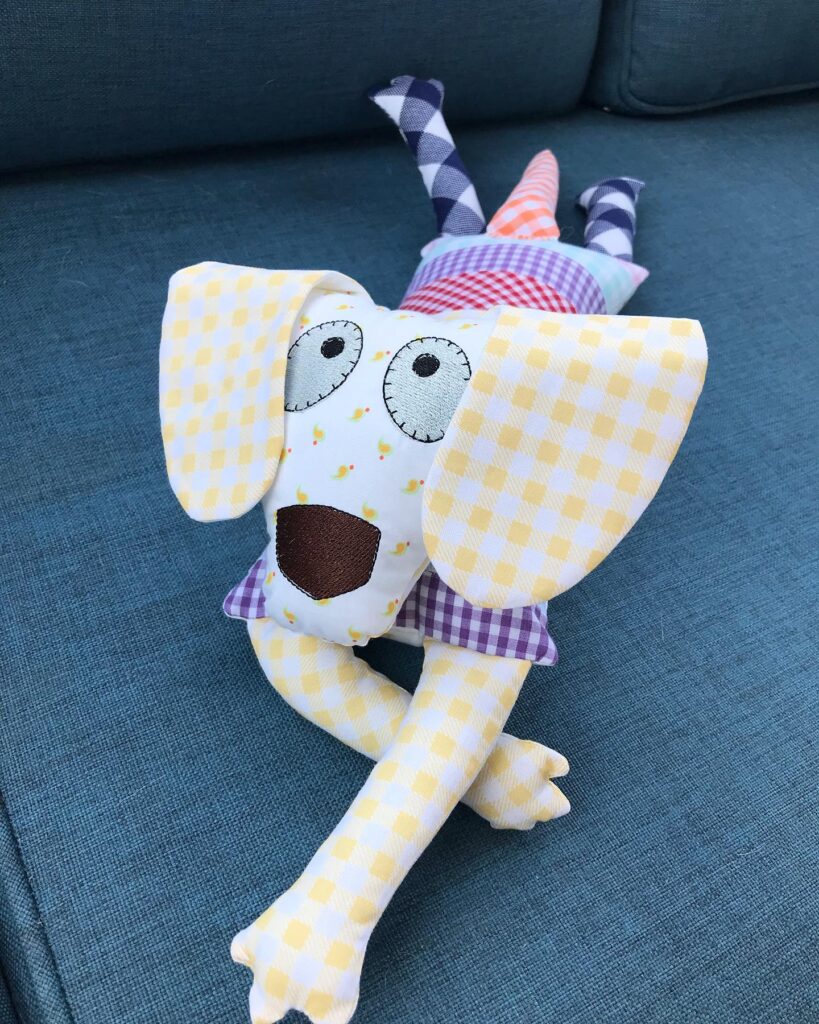
Every dog is different. The best toy for a Labrador might bore a Chihuahua. Pay attention to how your dog interacts with toys to guide future choices.
Active dogs: benefit from fetch, tug, or puzzle games
Shy dogs: may prefer soft or scent-based toys
Seniors: need gentler textures, possibly with calming elements
Heavy chewers: require extreme-durability toys with no weak points
Use trial and error to see what gets your dog excited—and what holds their interest over time.
More:


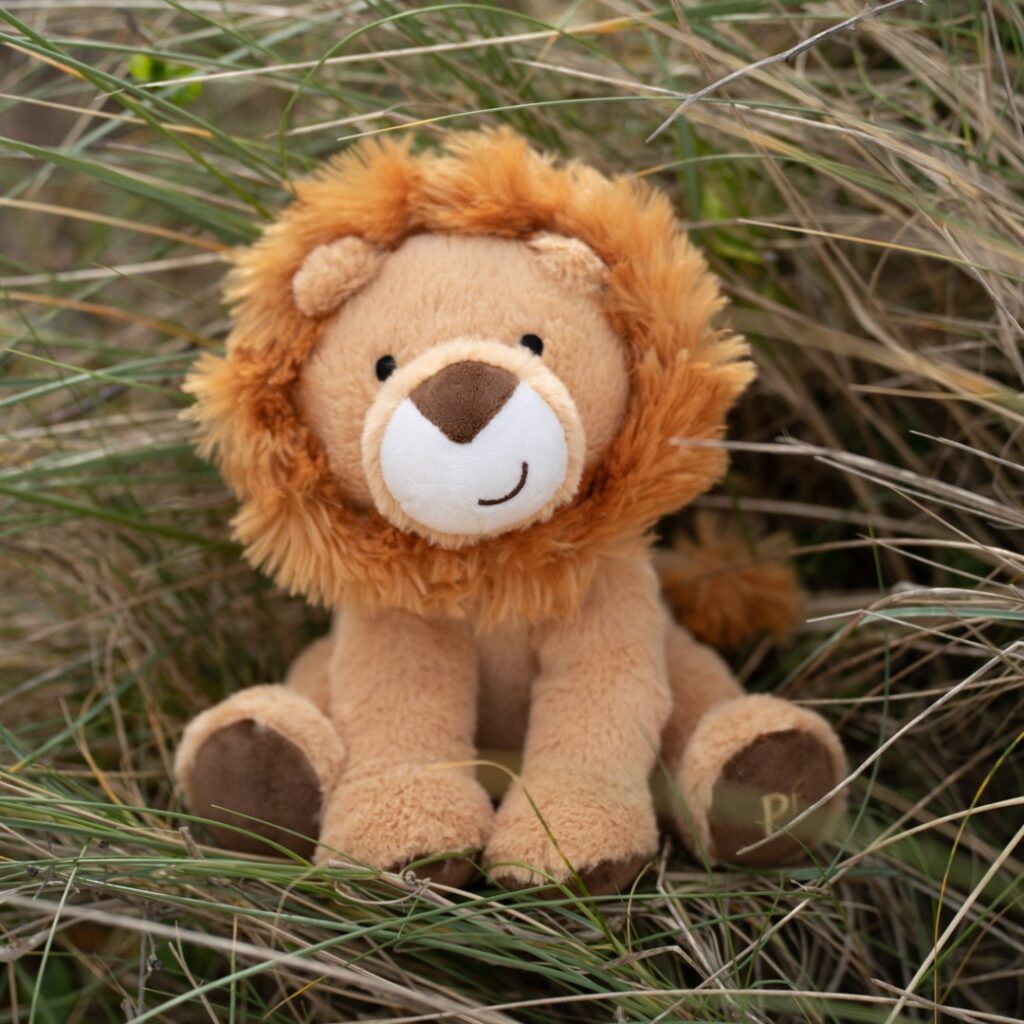
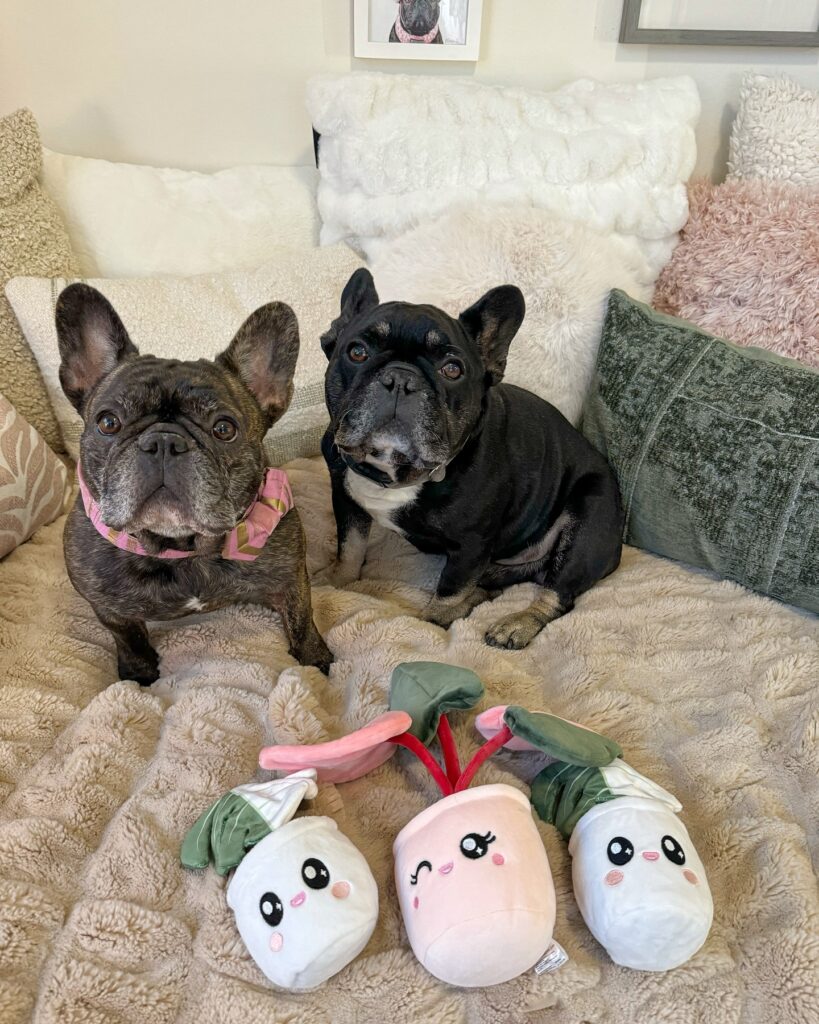
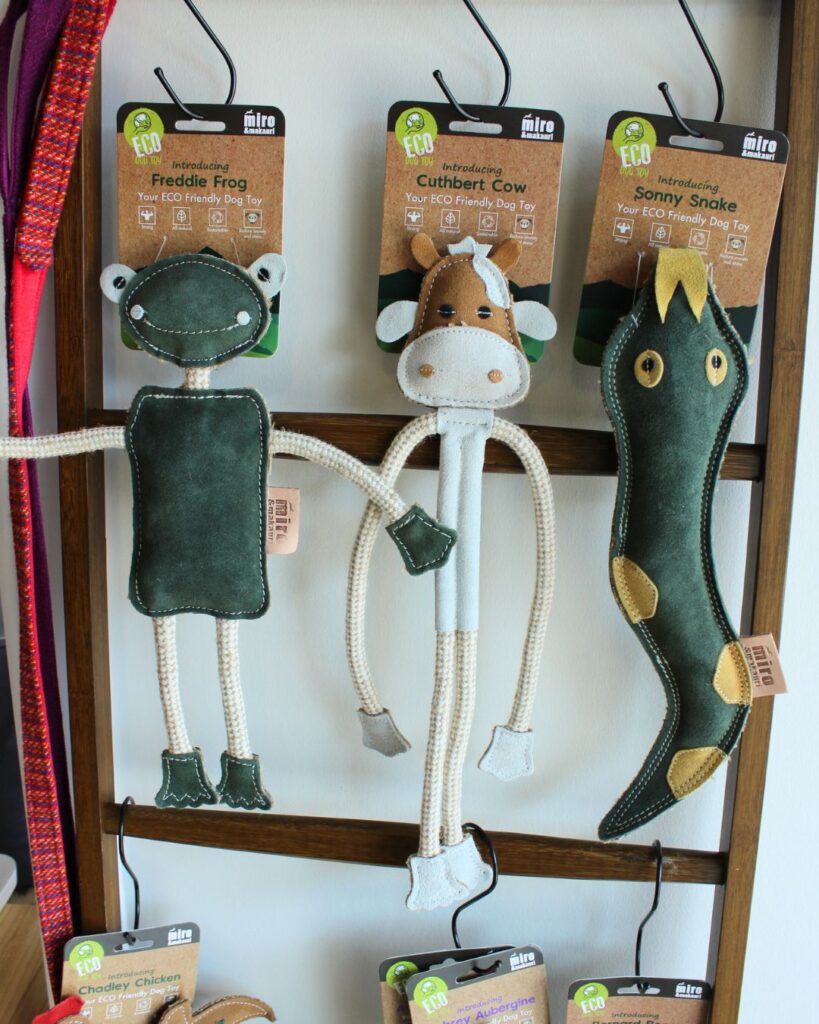

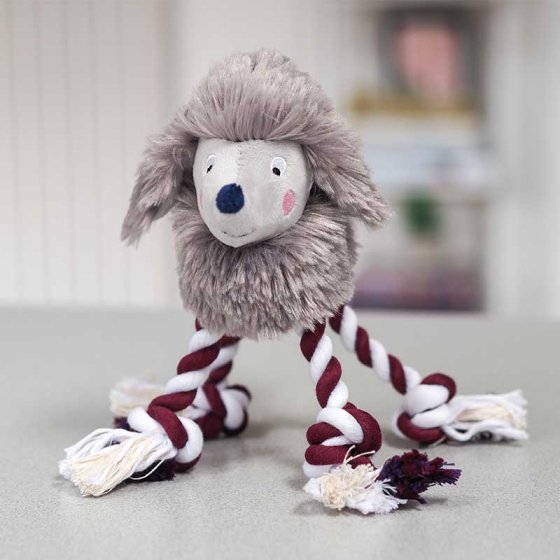
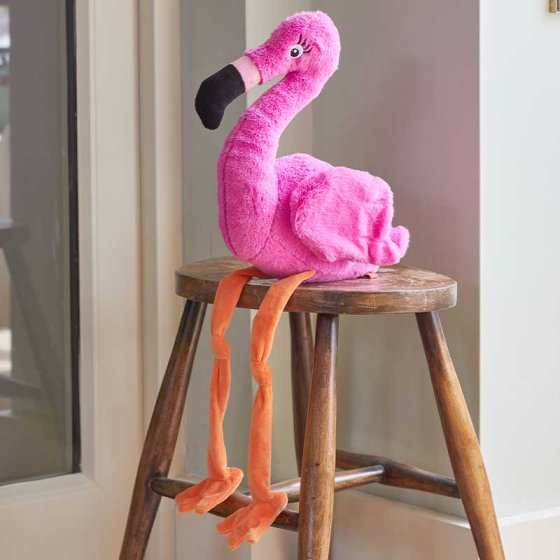
Final Thoughts
Dog toys are a key part of canine care, offering more than amusement. They support training, fitness, behavior, and mental health. From durable chews to interactive puzzles, a good selection of toys enriches your dog’s daily life. By understanding different types of toys and how they serve various needs, you can build a toy collection that’s not just fun—but truly functional.
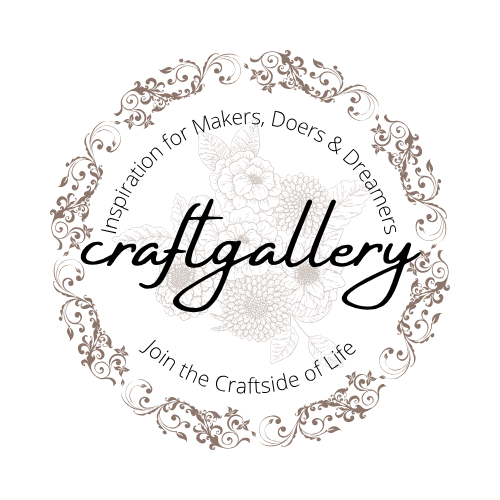
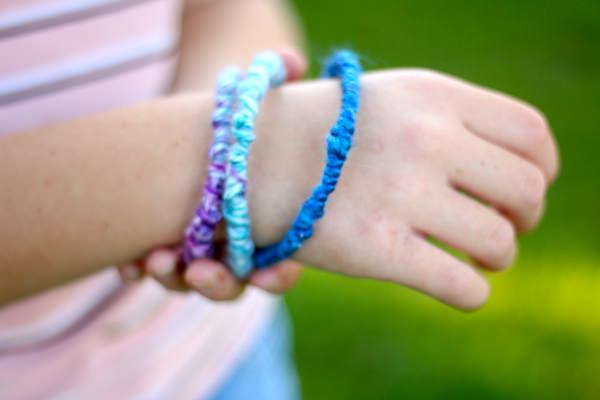
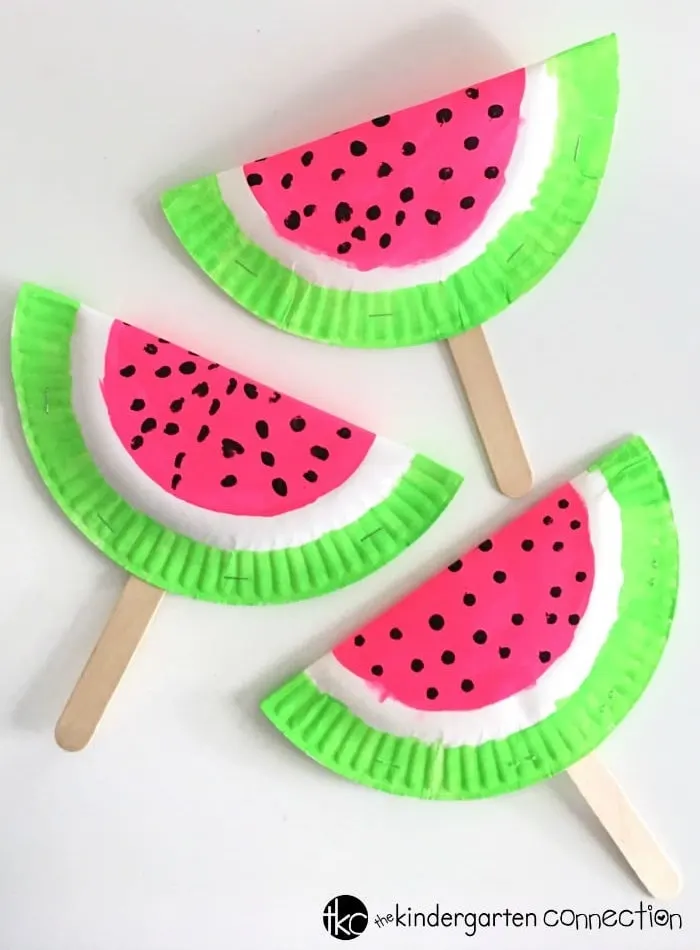
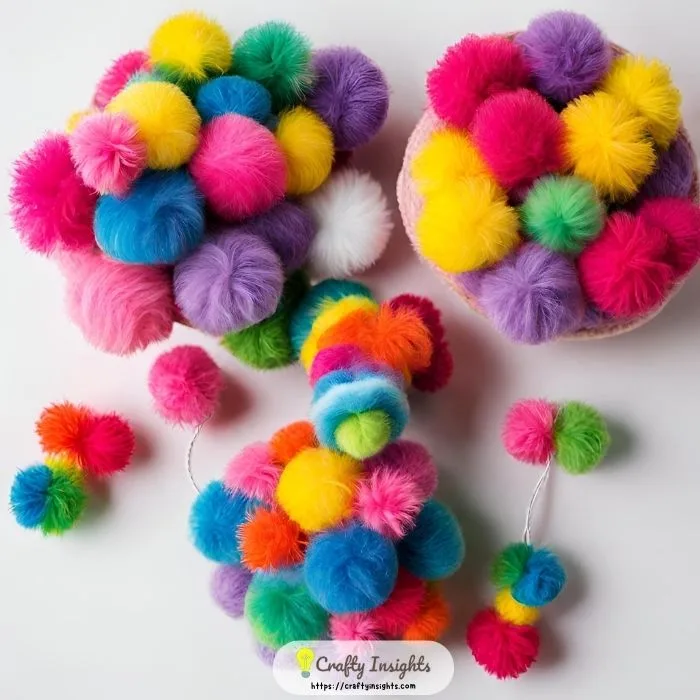
Leave a Reply